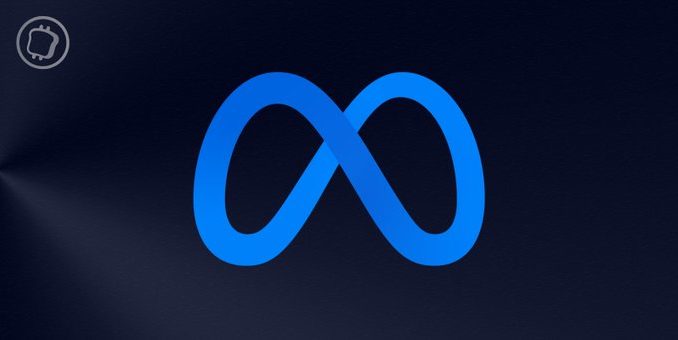
Possible reasons for release of LLM include potential for diluting rivals’ competitive edge
Mark Zuckerberg’s Meta has this week released an open-source version of an artificial intelligence model, Llama 2, for public use. The large language model (LLM), which can be used to create a ChatGPT-like chatbot, is available to startups, established businesses and lone operators. But why is Meta doing this and what are the potential risks involved?
What does an open-source LLM do?
LLMs underpin AI tools such as chatbots. They are trained on vast datasets that enable them to mimic human language and even computer coding. If an LLM is made open-source that means its content is made freely available for people to access, use and tweak to their own purpose.
Llama 2 is being released in three versions, including one that can be built into an AI chatbot. The idea is that startups or established businesses can access Llama 2 models and tinker with them to create their own products including, potentially, rivals to ChatGPT or Google’s Bard chatbot – although by Meta’s own admission Llama 2 is not quite at the level of GPT-4, the LLM behind OpenAI’s ChatGPT.
Why is Meta releasing it for public use?
Nick Clegg, Meta’s president of global affairs, told BBC Radio 4’s Today programme on Wednesday that making LLMs open-source would make them “safer and better” by inviting outside scrutiny.
